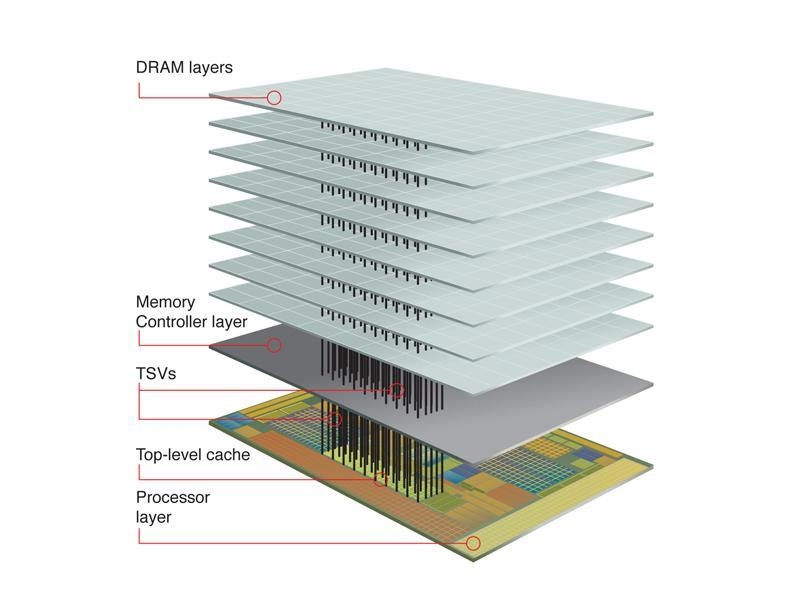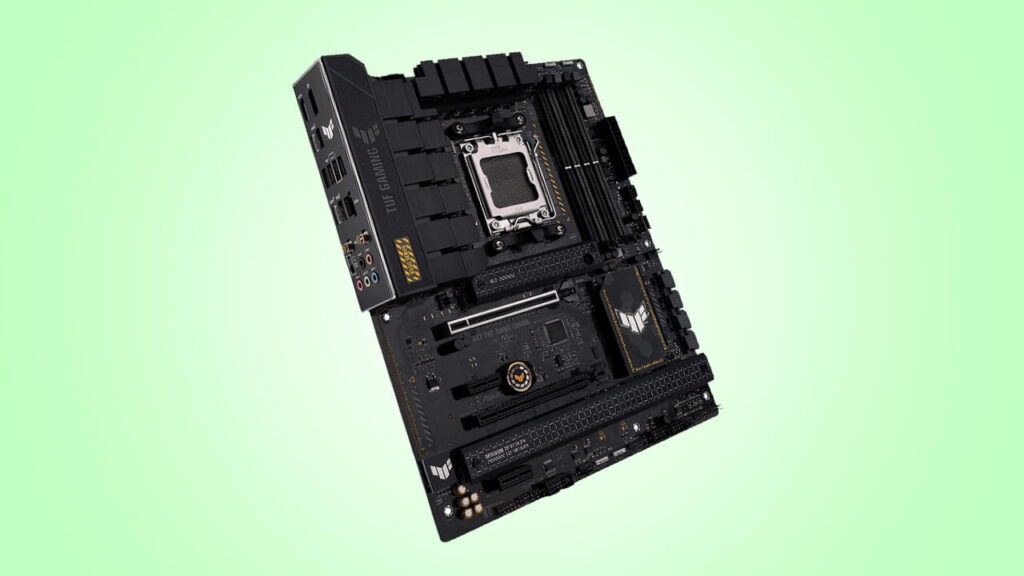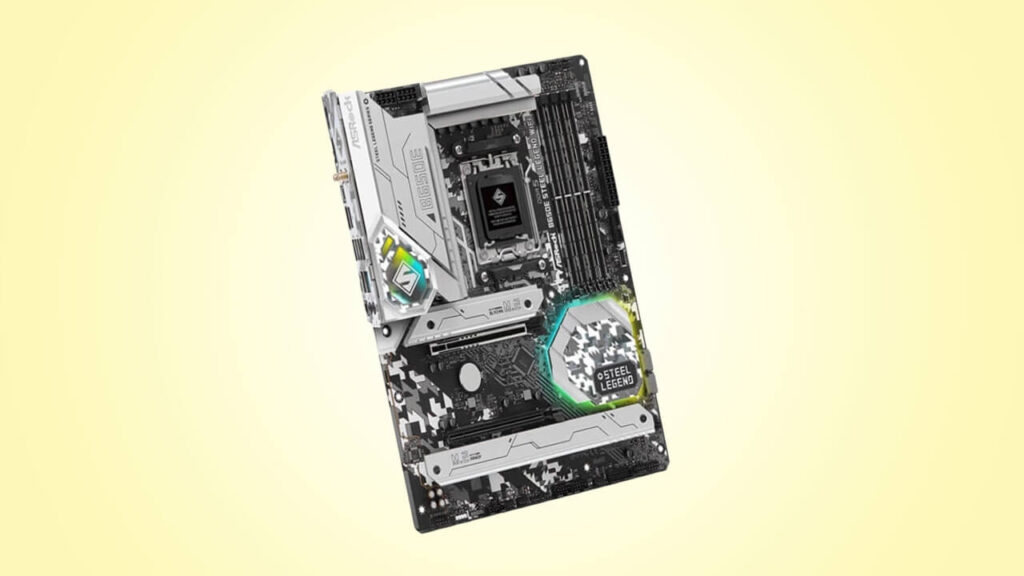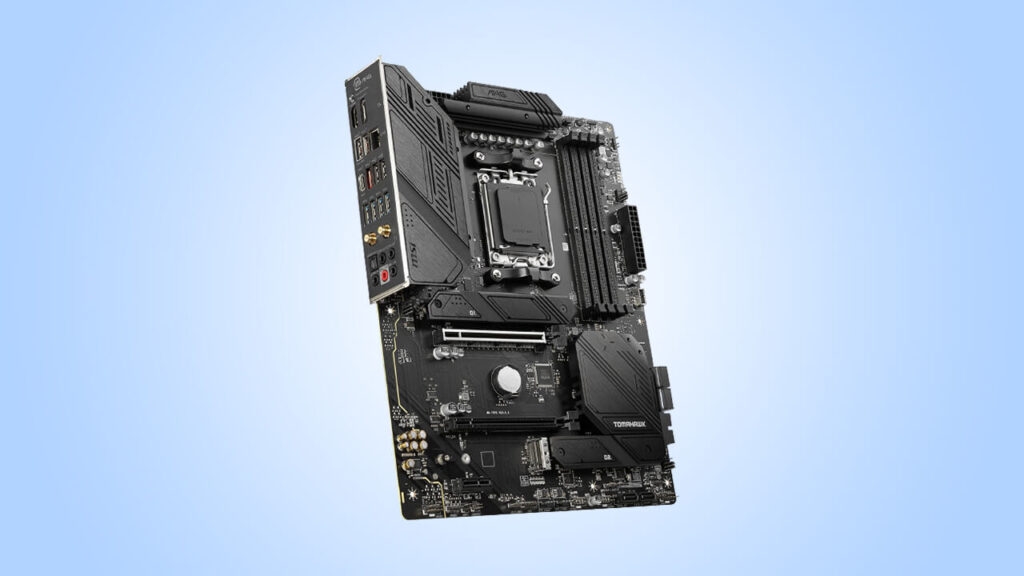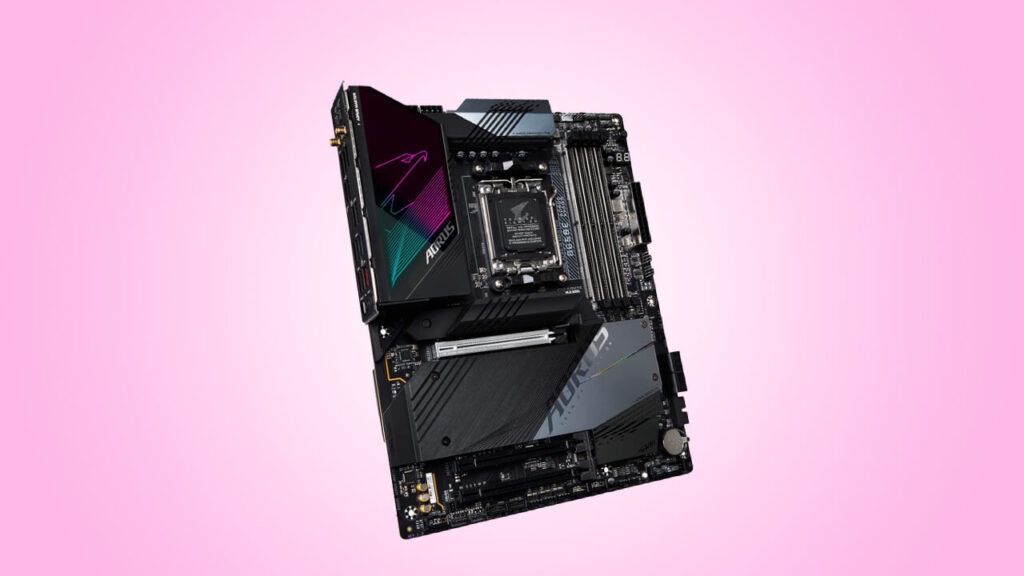In this article, we will be discussing the best motherboards for the AMD Ryzen 7 7800X3D processor. When choosing a motherboard for the 7800X3D, there are several factors to consider, including the chipset, socket, RAM compatibility, and expansion options. Here are some of the best motherboards for the 7800X3D processor: Before getting the listicles, let’s first look more at the 3D processors; what are they? How does it perform, and what are the differences between typical and 3D processors?
AMD Ryzen 3D Processors, What are They?
In recent years, the term “3D” has become increasingly popular in the technology industry, and this trend has also extended to the world of processors. 3D processors, also known as “three-dimensional” processors, are a new type of processor that offer several advantages over traditional 2D processors. This article will discuss what 3D processors are, how they work, and some of their benefits.
What are 3D Processors?
A 3D processor is a type of processor that uses a three-dimensional architecture to improve performance and reduce power consumption. Unlike traditional 2D processors, which are flat and have a single layer of transistors, 3D processors use multiple layers stacked on top of each other. This allows for a higher density of transistors and a shorter distance between them, resulting in faster processing speeds and lower power consumption. AMD has been making significant strides in the processor market in recent years, and the Ryzen X3D processors are yet another addition to their growing family of high-performance CPUs. These processors are designed for gamers, content creators, and anyone demanding the highest processing power and speed. The Ryzen X3D processors are built on AMD’s latest Zen 3 architecture and boast impressive specs. The lineup includes the Ryzen 9 X3D, Ryzen 7 X3D, and Ryzen 5 X3D, each with varying numbers of cores and threads.
How do 3D Processors Work?
3D processors are designed using “through-silicon via” (TSV) technology. TSV technology allows multiple layers of transistors to be stacked on top of each other, with each layer connected to the layer below it using small, vertical channels called “vias.” These vias allow for electrical connections between the different layers of the processor, allowing for faster data transfer and increased processing power.
Benefits of 3D Processors
The main benefit of 3D processors is their increased performance. Because 3D processors have a higher density of transistors and shorter distances between them, they can process data much faster than traditional 2D processors. This results in faster computing speeds and improved overall performance. Another advantage of 3D processors is their lower power consumption. Because 3D processors have a shorter distance between transistors, they require fewer data processing power. This can lead to significant energy savings, especially in large-scale computing applications. 3D processors also offer improved design flexibility. By stacking multiple layers of transistors, designers can create smaller and more compact processors, which is particularly useful for mobile devices like smartphones and tablets. Additionally, the vertical orientation of 3D processors allows for more efficient use of space, creating more complex circuits and improving overall functionality.
Best Motherboards for AMD Ryzen 7 7800X3D
1. ASUS ROG STRIX B650E-F Gaming WiFi
The ROG STRIX B650E-F from ASUS comes in first in our roundup. With several heatsinks that have been blackened and cover the whole PCB, this specific board has a significantly darker design. I like how ASUS gave the B650E-F a more simplistic appearance. It’s wonderful to see a small shift in the design philosophy because I think the bulk of ASUS motherboards tends to go a little overboard with metal heat sinks and RGB lighting. On this board, RGB is present as a tiny panel on the back IO. This indicates that fans of RGB lighting won’t be wholly unsatisfied. When overclocked, the B650E-F’s RAM can operate at mega-transfer rates of up to 6400MHz, a significant feature. While this isn’t the fastest speed we’ve seen on a board, apps, and games could benefit from this. Also, the ROG B650E-F has two PCI-E 5.0 slots, providing some upgradeability options once these new components are available. The B650E-F offers 12 ports, the bulk of which deliver lightning-fast transfer rates, making rear IO another extremely strong area.
2. ASUS TUF Gaming B650-PLUS WiFi
The ASUS TUF Gaming B650-PLUS WiFi is a terrific all-arounder that can handle all of your work/gaming demands and has the power to run the Ryzen 7 7800X3D without strain. For instance, the motherboard has two solid 12+2 power stages with a 60A rating each. The Ryzen 7 7800X3D will thus have the ideal amount of power thanks to the 14-phase VRM layout. Also, you may leave any power problems without concern because the board has 8+4-pin ProCool power connections. The board has a noteworthy thermal design for cooling, including large VRM heatsinks and M.2 heatsinks for the SSDs. The Fan Xpert 4 application also allows you to operate various sophisticated fan controllers. The ASUS TUF Gaming B650-PLUS WiFi’s cooling and power setup is ideal for the Ryzen 7 7800X3D. Anything less may place you in a difficult situation, and anything more would be overkill, increasing the cost. The ASUS TUF Gaming B650-PLUS WiFi is unquestionably the finest all-around motherboard for the Ryzen 7 7800X3D, taking everything into account. The ASUS TUF Gaming B650-PLUS WiFi is the best overall motherboard for the Ryzen 7 7800X3D because it has a strong VRM construction, excellent cooling, loads of storage and expansion slots, and superb memory configuration.
3. ASRock B650E Steel Legend WiFi
The B650E Steel Legend motherboard, one of ASRock’s top models. The aesthetics of ASRock’s motherboards are among the best; each PCB has a distinctive design that gives a pleasant contrast to the ubiquitous heatsinks and RGB lighting. The PCB and heatsinks of the Steel Legend, in particular, have a distinctive camo appearance. Most people will be pleased with this board since it offers a variation to the usual black and white that we typically see. With a 6600MHz RAM overclocking potential, the Steel Legend does outperform the previous ROG STRIX entry in terms of functionality. Consumers could gain a few frames due to the faster pace, even though this difference wouldn’t be obvious. Gen5 PCI-E slots for GPUs and SSDs are once again available, which is perfect for individuals who want to upgrade when Gen5 components become widely available. Rear IO does suffer slightly from fewer USB 3.2 Gen2 connections; however, this is made up for by USB 3.2 Gen1, which still offers great 5Gbps quoted rates.
4. MSI MAG B650 Tomahawk WiFi Gaming
The MSI MAG B650 Tomahawk WiFi Gaming is the perfect motherboard for you if you don’t want to settle for an all-arounder like the ASUS TUF Gaming B650-PLUS WiFi and need something more high-end with more features. It is the winner of the Best High-End Motherboard For Ryzen 7 7800X3D category winner because it outperforms the ASUS TUF Gaming B650-PLUS WiFi in every way, including price. A high-end 14+2+1 Duet Rail Power System is installed on the motherboard. The Ryzen 7 7800X3D can run smoothly with ample power thanks to the 17-phase VRM design’s overall performance. You have two phases for SOC power, one for MISC power, and 14 VCORE phases with an 80A rating each. Furthermore, the motherboard features two 8-pin power connections, so you may significantly increase the power of your Ryzen 7 7800X3D. As a result, if you want to maximize the performance of your Ryzen 7 7800X3D and push it to the absolute maximum, you’ll need a motherboard with a top-notch VRM architecture and great cooling to go along with it. This is precisely what the MSI MAG B650 Tomahawk WiFi Gaming provides, making it the Best High-End Motherboard For Ryzen 7 7800X3D.
5. Gigabyte B650E AORUS Master
Gigabyte’s B650E AORUS Master is the model I’ve chosen as my 5th best motherboard for AMD Ryzen 7 7800X3D. The B650E chipset on this board helps to make it somewhat less expensive than its X670E rivals, despite the fact that the AORUS Master series is one of the most high-end designs. The AORUS Master’s heatsinks have the recognizable black and gunmetal finishes we’re used to seeing in design. Improving the thermals for your SSDs gives the motherboard some lovely depth. Gigabyte’s RGB Fusion software allows for complete customizability of the fantastic panel placed on the rear IO, which is RGB. This motherboard tends to shine best when it comes to features. The maximum overclocking frequency currently available among all the alternatives we’ve discussed is 6666MHz for DDR5 RAM. This motherboard supports a ton of PCI-E 5.0, with the AORUS Master providing four Gen5 M.2 slots and one GPU slot. Due to this, consumers who want to maximize their storage possibilities should choose this board. The AORUS Master has a rather good USB offering; however, its USB 2.0 ports fall short in key ways. Overall, I’d say the AORUS Master won’t disappoint you if you’re searching for a board with the most PCI-E 5.0 at a lower price.
Wrapping it All
Choosing the right motherboard for the AMD Ryzen 7 7800X3D is crucial for optimal performance. The ASUS ROG STRIX B650E-F, ASUS TUF Gaming B650-PLUS WiFi, ASRock B650E Steel Legend WiFi, MSI MAG B650 Tomahawk WiFi Gaming, and Gigabyte’s B650E AORUS Master are all excellent options. They offer a range of features for different needs and budgets. When selecting a motherboard, it’s essential to consider factors such as power delivery, connectivity options, and RGB lighting. Further Reading:
8 Best Budget PC Cases to Buy (Under 100 USD) RTX 4070 Ti vs. RTX 3080: Is it an Upgrade or Downgrade? “What RAM Type Do I Have?” – Find Your RAM Config. Before Upgrading
